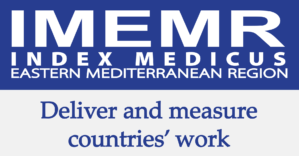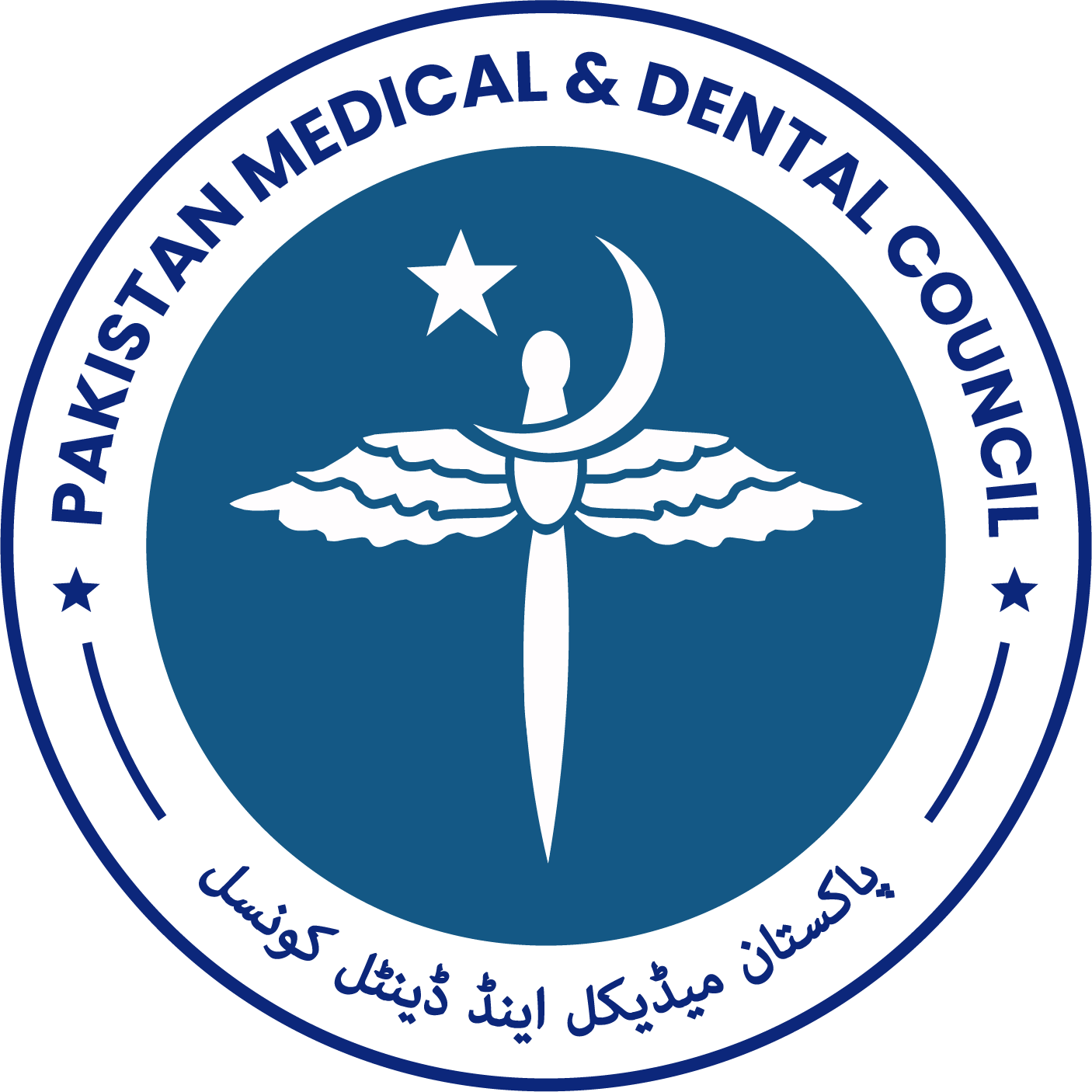Identification of Factors Contributing to Primary Female Subfertility by Diagnostic Hystero-Laparoscopy: An Experience of Private Hospital
DOI:
https://doi.org/10.53685/jshmdc.v3i2.112Keywords:
Diagnostic hystero-laparoscopy, Primary female subfertilityAbstract
Background: Management of subfertility is influenced by the diagnosis of its causative factor. Combined diagnostic hystero-laparoscopy has emerged as an effective procedure in identifying causative factors of female subfertility.
Objectives: This study aimed to identify contributory factors to primary female subfertility by diagnostic hystero-laparoscopy.
Methods: This descriptive study was conducted at the Department of Obstetrics and Gynecology of Hameed Latif hospital, Lahore, Pakistan from December 2021 to May 2022. Data was collected from 344 women with female primary subfertility, undergoing combined diagnostic hystero-laparascopy. All the demographic data along with identified causative factors (tubal blockade, cervical Os stenosis, endometrial polyp, uterine septum, uterine fibroid, endometriosis, peri tubal adhesions and polycystic ovaries) during the procedure were recorded in predesigned study proforma. Data were analyzed through SPSS software 23.
Results: Mean age of the patients was 25±5.0 years and the mean duration of subfertility was 3.8+0.55 years. Two hundred and eighty-four (82.56%) patients had abnormal findings, while sixty (17.44%) had normal findings. Out of 284 patients, 94(34%) had one identified factor, while 190 (66%) patients had two or more identified factors for primary subfertility. Polycystic ovaries were seen in 128(37.21%) patients, followed by tubal blockade in 81(23.54%), peri tubal adhesions/hydrosalpinx in 58(16.86%) patients.
Conclusions: Diagnostic hystero-laparoscopy is an effective diagnostic procedure for the evaluation of female factor subfertility and may be helpful to gynecologists in devising further management plans.
References
Liang S, Chen Y, Wang Q, Chen H, Cui C, Xu X, et al. Prevalence and associated factors of infertility among 20–49 year old women in Henan Province, China. Reprod Health. 2021; 18(1): 1–13. doi: 10.1186/s12978-021-01298-2 DOI: https://doi.org/10.1186/s12978-021-01298-2
Katole A, Saoji A. Prevalence of Primary Infertility and its Associated Risk Factors in Urban Population of Central India: A Community-Based Cross-Sectional Study. Indian J Community Med. 2019; 44(4): 337-
doi: 10.4103/ijcm.IJCM_7_19 DOI: https://doi.org/10.4103/ijcm.IJCM_7_19
Deshpande P, Gupta A. Causes and Prevalence of Factors Causing Infertility in a Public Health Facility. J Hum Reprod Sci. 2019; 12(4):287-293. doi: 10.4103/jhrs.JHRS_140_18. DOI: https://doi.org/10.4103/jhrs.JHRS_140_18
Varlas V, Rhazi Y, Cloțea E, Borș RG, Mirică RM, Bacalbașa N. Hysterolaparoscopy: A Gold Standard for Diagnosing and Treating Infertility and Benign Uterine Pathology. J Clin Med. 2021;10(16):3749.doi: 10.3390/jcm10163749
Gad MS, Dawood RM, Antar MS, Ali SEM. Role of hysteroscopy and laparoscopy in the evaluation of unexplained infertility. Menoufia Med J. 2019; 32(4): 1401-1405. doi: 10.4103/mmj.mmj_387_18 DOI: https://doi.org/10.4103/mmj.mmj_387_18
Cunha A, Póvoa AM. Infertility management in women with polycystic ovary syndrome: a review. Porto Biomed J. 2021; 6(1): e116. doi: 10.1097/j.pbj.0000000000000116 DOI: https://doi.org/10.1097/j.pbj.0000000000000116
Azhar A, Abid F, Rehman R. Polycystic Ovary Syndrome, Subfertility and Vitamin D Deficiency. J Coll Physicians Surg Pak. 2020; 30(5): 545–546.doi: 10.29271/jcpsp.2020.05.545. DOI: https://doi.org/10.29271/jcpsp.2020.05.545
Fatima I, Yaqoob S, Jamil F, Butt A. Relationship between loci of control and health-promoting behaviors in Pakistani women with polycystic ovary syndrome: coping strategies as mediators. BMC Women Health. 2021; 21(1): 1–7. doi: 10.1186/s12905-021-01489-w DOI: https://doi.org/10.1186/s12905-021-01489-w
Kong GWS, Li TC. Surgical management of tubal disease and infertility. Obstet Gynaecol Reprod Med. 2015; 25(1): 6–11. doi:10.1016/J.OGRM.2014 .10.008 DOI: https://doi.org/10.1016/j.ogrm.2014.10.008
Sun B, Liu Z. Successful pregnancy in a woman with bilateral fallopian tube obstruction and diminished ovarian reserve treated with electroacupuncture: A case report. Medicine (Baltimore). 2019; 98(38) e17160.doi:10.1097/MD.000000000001716 0. DOI: https://doi.org/10.1097/MD.0000000000017160
Masoumi SZ, Parsa P, Darvish N, Mokhtari S, Yavangi M, Roshanaei G. An epidemiologic survey on the causes of infertility in patients referred to infertility center in Fatemieh Hospital in Hamadan. Iran J Reprod Med. 2015; 13(8): 513-516.
Nayak PK, Mahapatra PC, Mallick JJ, Swain S, Mitra S, Sahoo J. Role of diagnostic hystero-laparoscopy in the evaluation of infertility: A retrospective study of 300 patients. J Hum Reprod Sci. 2013; 6(1): 32–34. doi: 10.4103/0974- 1208.112378. DOI: https://doi.org/10.4103/0974-1208.112378
Zhang E, Zhang Y, Fang L, Li Q, Gu J. Combined Hysterolaparoscopy for the Diagnosis of Female Infertility: a Retrospective Study of 132 Patients in China. Mater Socio Medica. 2014; 26(3): 156-157. doi: 10.5455/msm. 2014.26.156-157 DOI: https://doi.org/10.5455/msm.2014.26.156-157
Varlas V, Rhazi Y, Cloțea E, Borș RG, MiricăRM, Bacalbașa N. Hysterolaparoscopy: A Gold Standard for Diagnosing and Treating Infertility and Benign Uterine Pathology. J Clin Med. 2021; 10(16): 3749. doi: 10.3390 /jcm10163749. DOI: https://doi.org/10.3390/jcm10163749
Downloads
Published
How to Cite
Issue
Section
License
Copyright (c) 2022 Dr.Yousaf Latif Khan, Dr.Sajida Imran, Dr.Zahra Samreen

This work is licensed under a Creative Commons Attribution-NonCommercial 4.0 International License.
You are free to:
- Share — copy and redistribute the material in any medium or format
- Adapt — remix, transform, and build upon the material
- The licensor cannot revoke these freedoms as long as you follow the license terms.
Under the following terms:
-
Attribution — You must give appropriate credit, provide a link to the license, and indicate if changes were made. You may do so in any reasonable manner, but not in any way that suggests the licensor endorses you or your use.
-
Non Commercial — You may not use the material for commercial purposes.
-
No additional restrictions — You may not apply legal terms or technological measures that legally restrict others from doing anything the license permits.




















